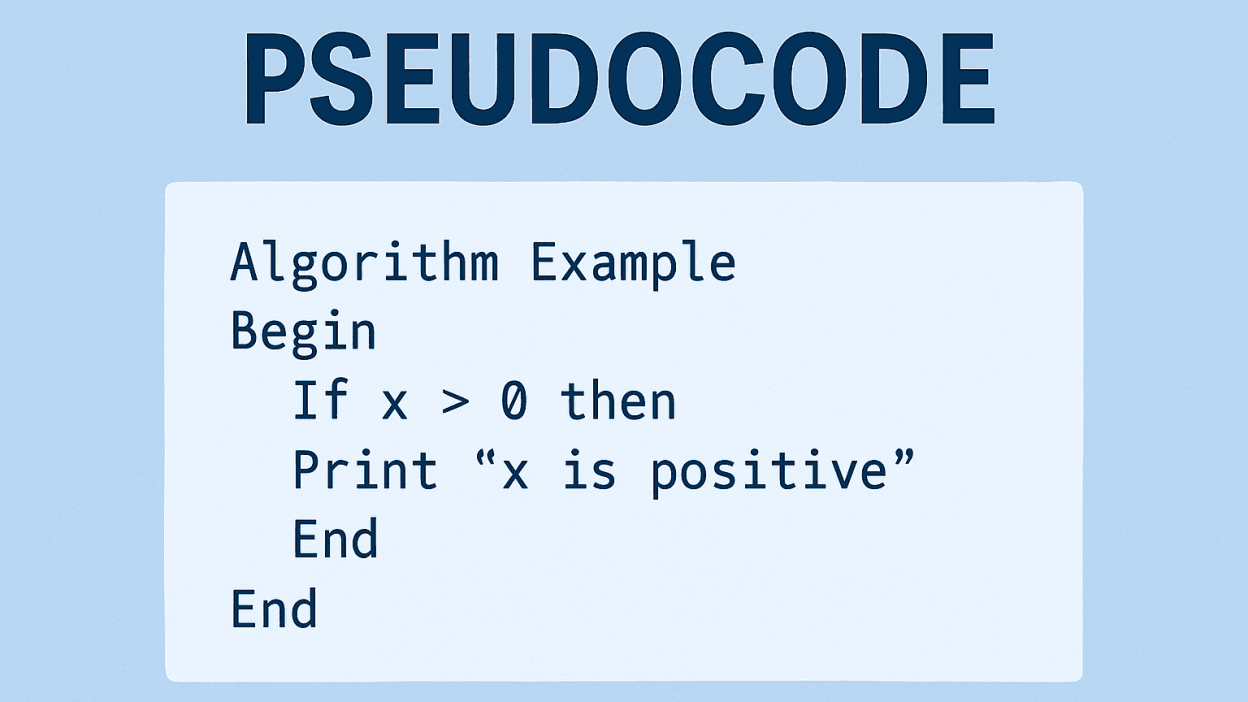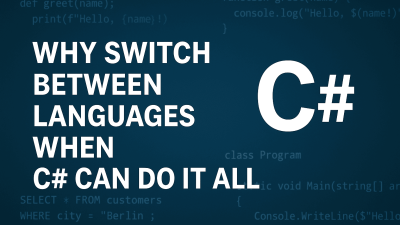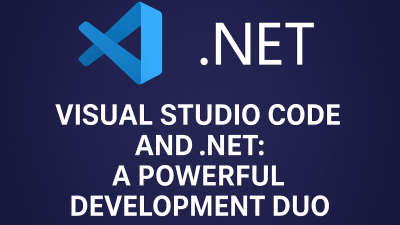Pseudocode is a high-level, plain-language representation of a program’s logic, used to plan and design algorithms before actual coding begins. It bridges the gap between conceptual ideas and executable code, helping developers refine their approach, identify flaws early, and collaborate effectively. By focusing on logic rather than syntax, pseudocode simplifies problem-solving, enhances debugging, and improves communication between technical and non-technical stakeholders.
Definition and Purpose
Pseudocode is a structured yet informal way to outline a program’s logic using natural language mixed with programming-like constructs. It serves as a blueprint, allowing developers to validate their design before writing formal code. Since it avoids language-specific syntax, pseudocode enables clearer reasoning about algorithms and processes without getting bogged down by implementation details.
Key Benefits of Pseudocode
- Simplifies Complex Problems – Breaks down intricate tasks into smaller, manageable steps, making them easier to analyze and solve.
- Improves Collaboration – Acts as a universal reference that developers, designers, and stakeholders can understand, ensuring alignment before coding begins.
- Enhances Debugging – Helps spot logical errors early by allowing developers to review the flow and structure before writing actual code.
- Language-Agnostic Design – Enables flexible planning, as the same pseudocode can later be implemented in any programming language.
Guidelines for Writing Effective Pseudocode
- Use Clear, Simple Language – Avoid technical jargon; describe steps in plain terms for broad understanding.
- Keep It Concise – Focus on the core logic, omitting unnecessary details.
- Structure Like Real Code – Use indentation, loops (for, while), conditionals (if-else), and function calls to maintain readability.
- Prioritize Logic Over Syntax – Concentrate on what the program should do rather than how to code it in a specific language.
Practical Use Cases for Pseudocode
- Algorithm Design – Outlines steps for sorting, searching, or other computational processes before implementation.
- Education & Training – Helps beginners learn programming concepts without worrying about syntax errors.
- Documentation – Provides a language-neutral explanation of a program’s behavior in technical specs.
- Debugging Aid – Converts problematic code back to pseudocode to isolate and fix logical flaws.
Conclusion
Pseudocode is a vital tool for efficient and error-free programming. By encouraging careful planning, clear communication, and early error detection, it leads to more robust and maintainable software. Whether designing algorithms, teaching programming, or troubleshooting, pseudocode streamlines development and fosters better problem-solving practices.



